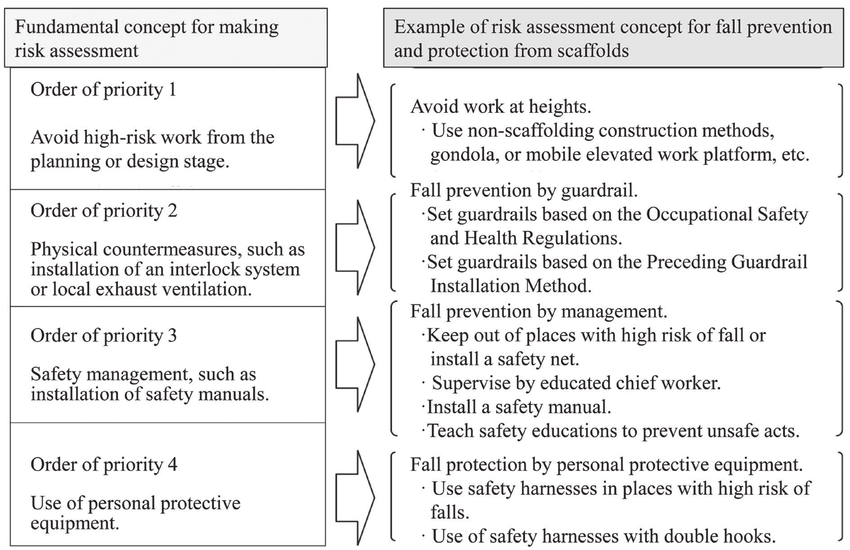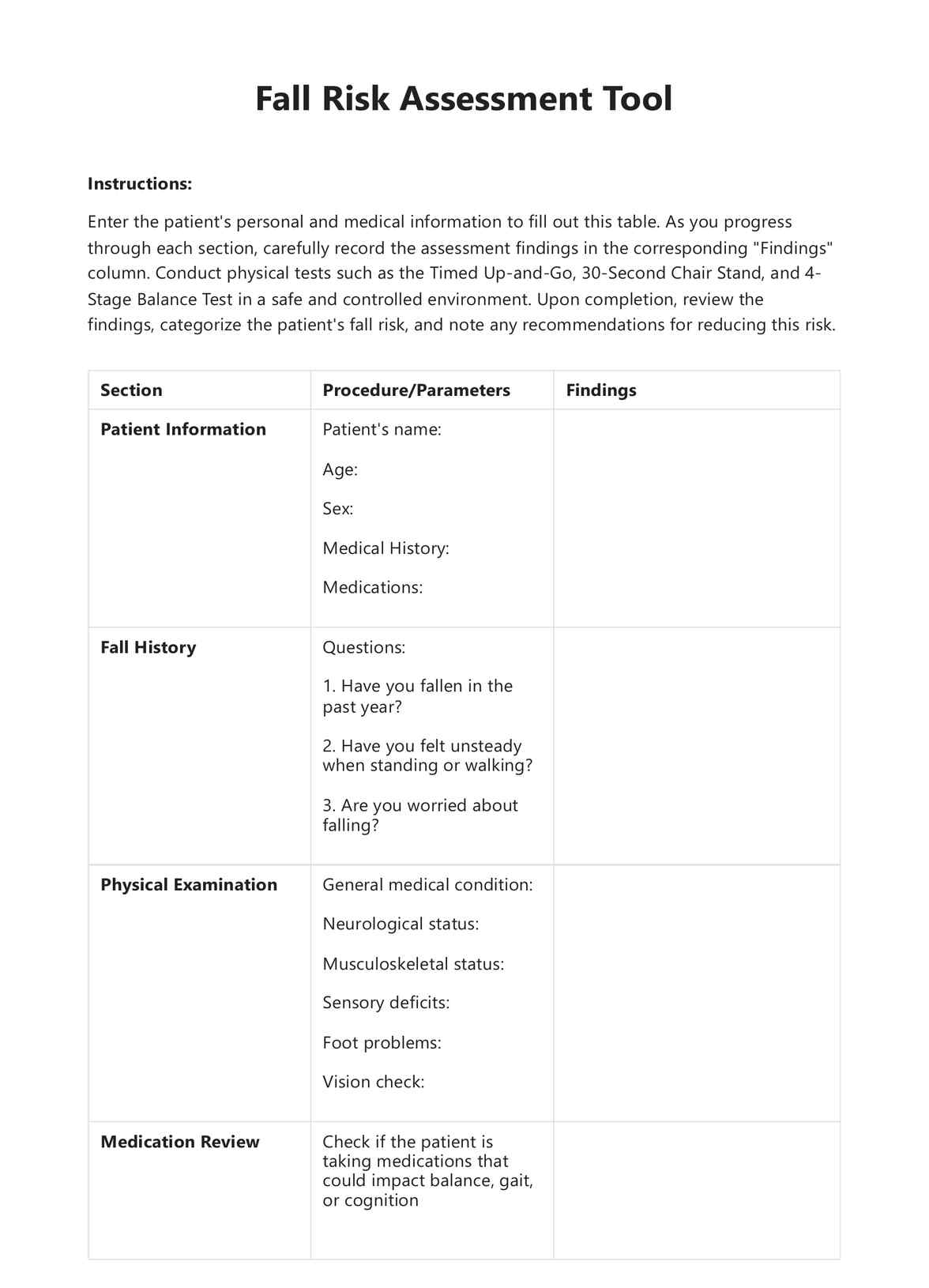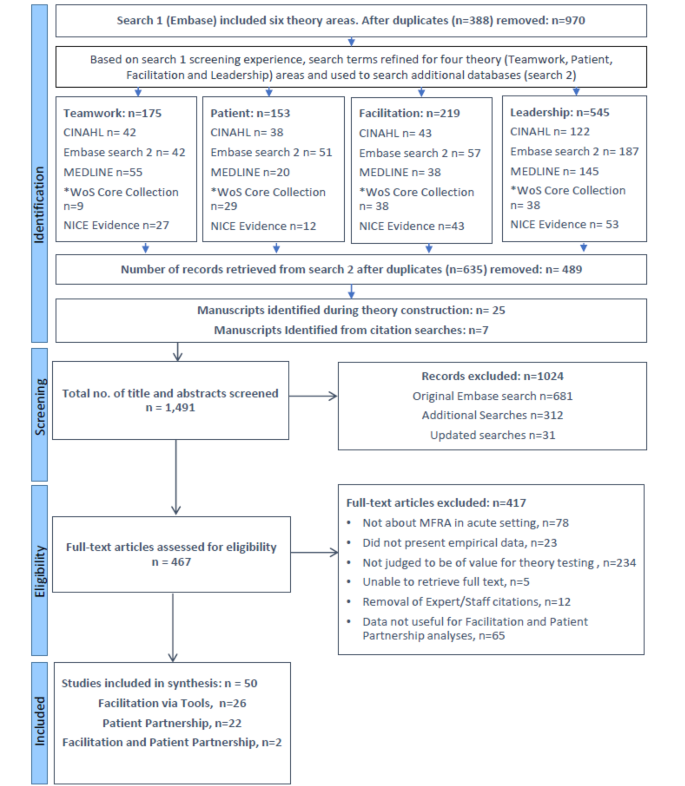Things about Dementia Fall Risk
Table of ContentsTop Guidelines Of Dementia Fall RiskThe 9-Minute Rule for Dementia Fall RiskGetting The Dementia Fall Risk To WorkThe Single Strategy To Use For Dementia Fall RiskThe Dementia Fall Risk Diaries
The FRAT has 3 areas: fall threat standing, threat factor checklist, and activity strategy. An Autumn Threat Standing consists of information about background of current falls, medicines, emotional and cognitive status of the patient - Dementia Fall Risk.If the person scores on a threat aspect, the matching variety of factors are counted to the person's loss risk rating in package to the far appropriate. If a person's loss threat score completes five or greater, the person is at high risk for falls. If the person ratings just 4 factors or lower, they are still at some danger of dropping, and the nurse should use their finest professional evaluation to manage all fall risk elements as component of a holistic treatment strategy.
These conventional techniques, in basic, help develop a safe environment that reduces accidental drops and delineates core preventative procedures for all clients. Indicators are crucial for clients at threat for falls.
The 2-Minute Rule for Dementia Fall Risk
For example, wristbands ought to consist of the client's last and given name, date of birth, and NHS number in the UK. Information ought to be printed/written in black against a white background. Only red shade needs to be used to indicate unique person status. These recommendations follow existing growths in individual recognition (Sevdalis et al., 2009).
Items that are too far may require the client to reach out or ambulate unnecessarily and can potentially be a risk or add to falls. Helps prevent the client from going out of bed without any support. Nurses respond to fallers' call lights quicker than they do to lights initiated by non-fallers.
Aesthetic impairment can significantly cause falls. Hip pads, when worn properly, might decrease a hip fracture when autumn happens. Keeping the beds closer to the floor reduces the threat of drops and severe injury. Putting the bed mattress on the floor significantly reduces loss threat in some health care settings. Reduced beds are created to reduce the distance a patient drops after moving out of bed.
Rumored Buzz on Dementia Fall Risk
Individuals that are tall and with weak leg muscle mass that try to remain on the bed from a standing placement are likely to fall onto the bed due to the fact that it's too reduced for them to decrease themselves safely. Likewise, if a high client efforts to obtain up from a reduced bed without support, the individual is most likely to fall back down onto the bed or miss the bed and drop onto the flooring.
They're designed to promote timely rescue, not to avoid falls from bed. Aside from bed alarms, enhanced guidance for high-risk patients also may help prevent falls.

People with a shuffling gait increase loss chances drastically. To lower loss threat, footwear must be with a little to no heel, slim soles with slip-resistant walk, and sustain the ankles. Recommend individual to utilize nonskid socks to stop the feet from moving upon standing. Nevertheless, motivate clients to wear suitable, well-fitting shoesnot nonskid socks for ambulation.
Things about Dementia Fall Risk
In a research, homes with ample lighting report less drops (Ramulu et al., 2021). Improvement in illumination at home might lower autumn prices in older adults.

Sitters are effective for guaranteeing a safe, safeguarded, and secure setting. Research studies demonstrated extremely low-certainty evidence that caretakers lower loss danger in severe care medical facilities and only moderate-certainty that alternatives like video clip surveillance can minimize sitter use without increasing loss threat, recommending that sitters are not as useful as originally thought (Greely et al., 2020).
Not known Factual Statements About Dementia Fall Risk

Enhanced physical fitness minimizes the risk for drops and limits injury that is received when autumn takes place. Land and water-based exercise programs might be likewise helpful on balance and stride and thus reduce the danger for falls. Water exercise might contribute a positive advantage on equilibrium and gait for ladies 65 years and older.
Chair Rise Exercise is a simple sit-to-stand workout that aids enhance the muscles in the thighs and butts and enhances movement and freedom. The Discover More goal is to do Chair Increase workouts without using hands as the customer comes to be stronger. See resources area for a comprehensive guideline on how to carry out Chair Going Here Surge exercise.